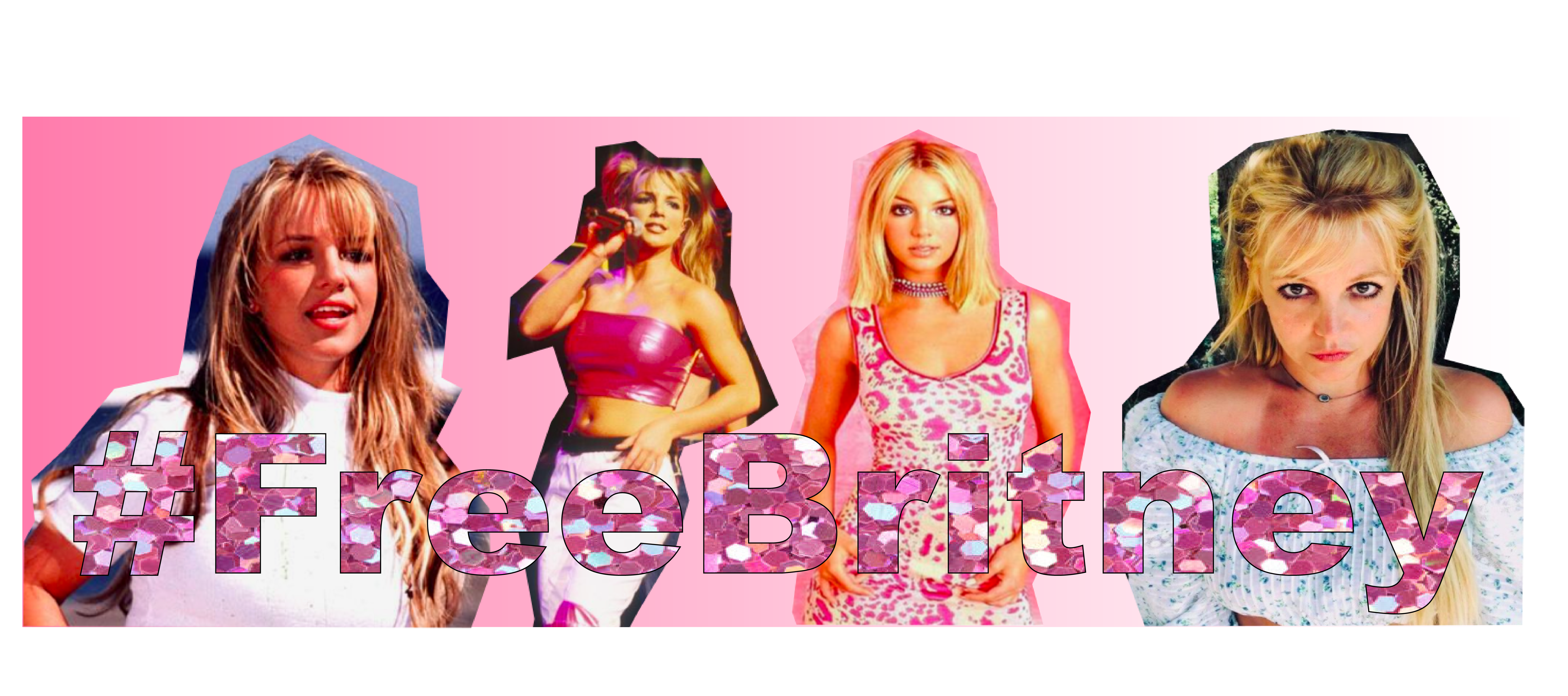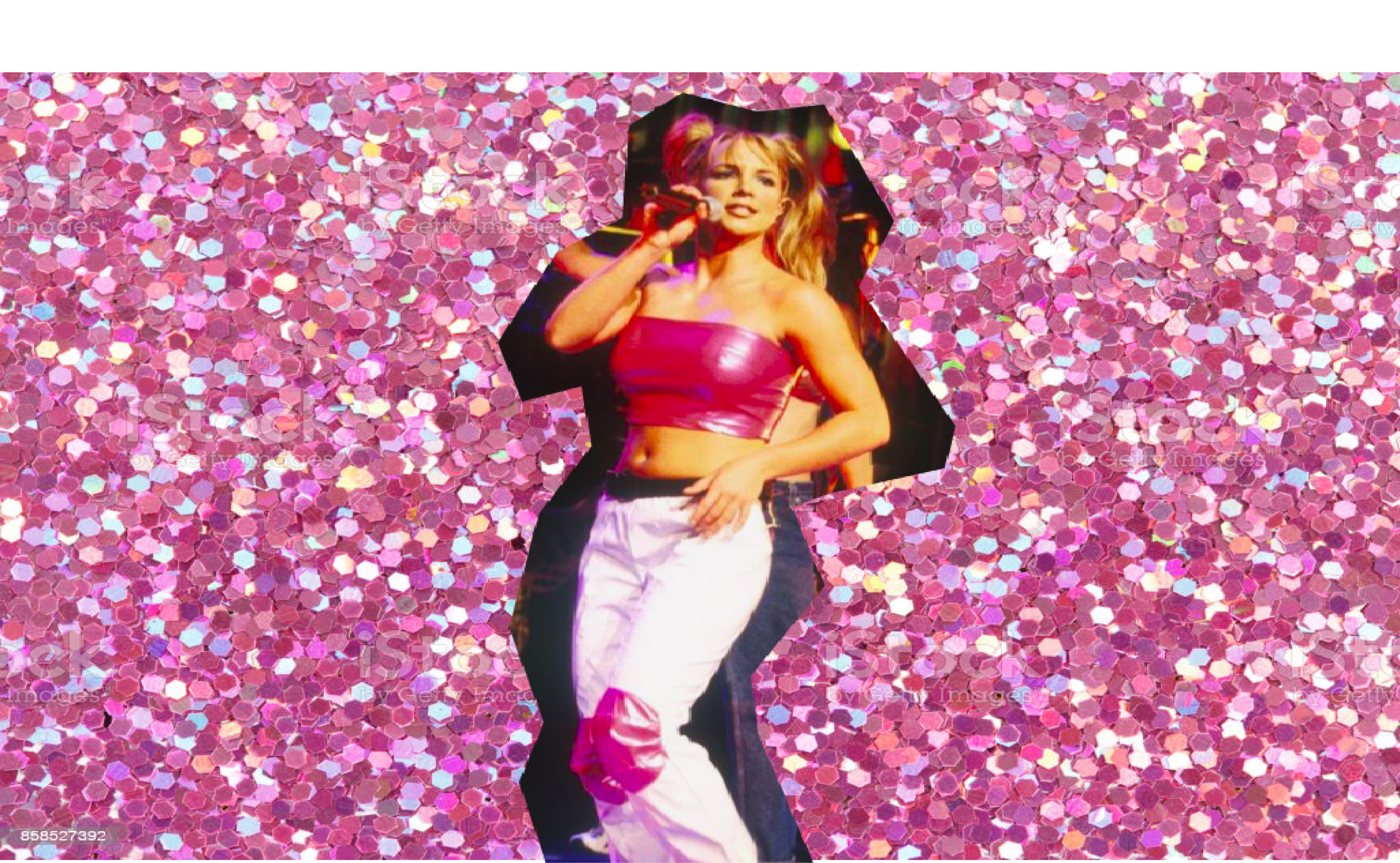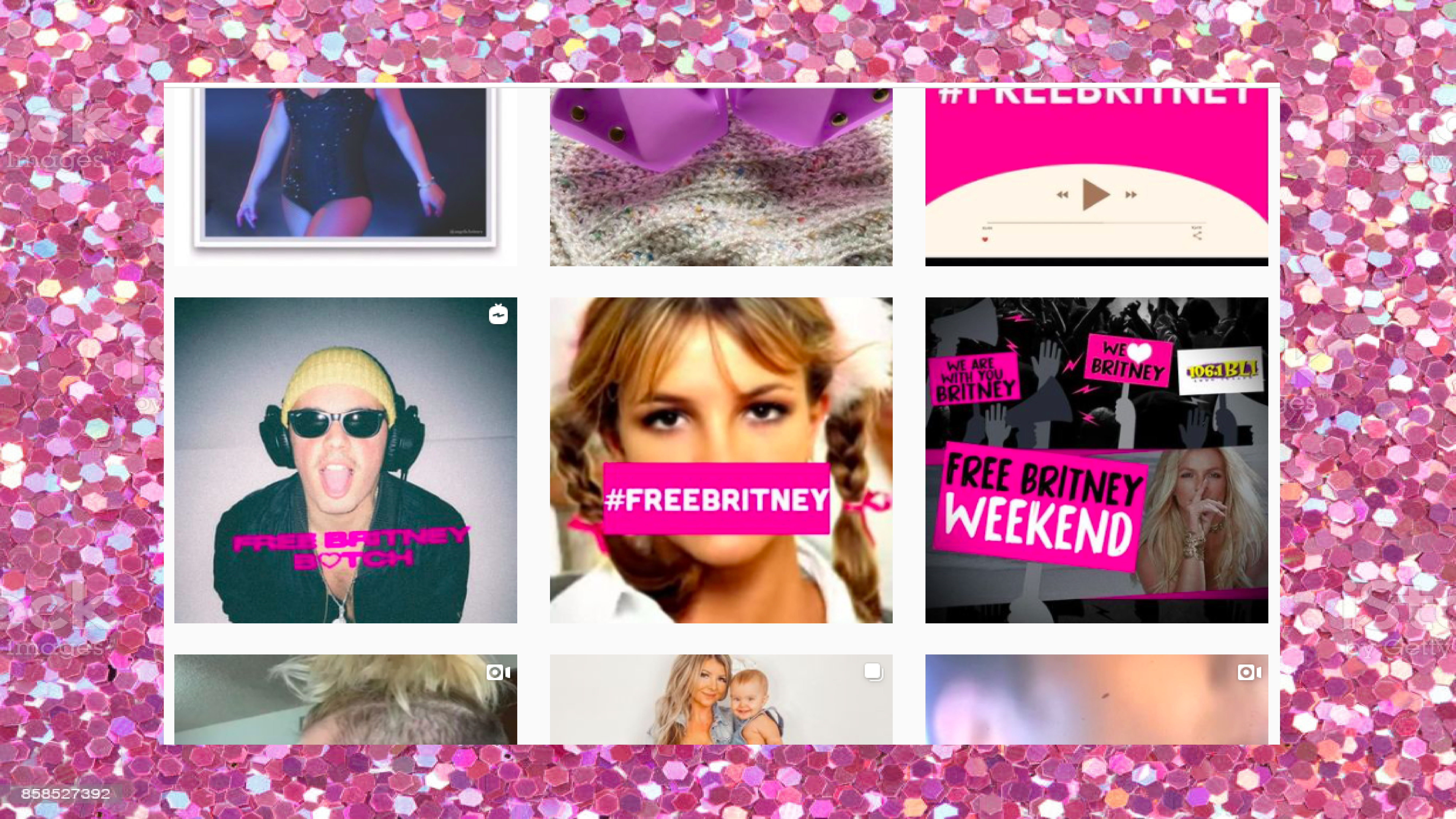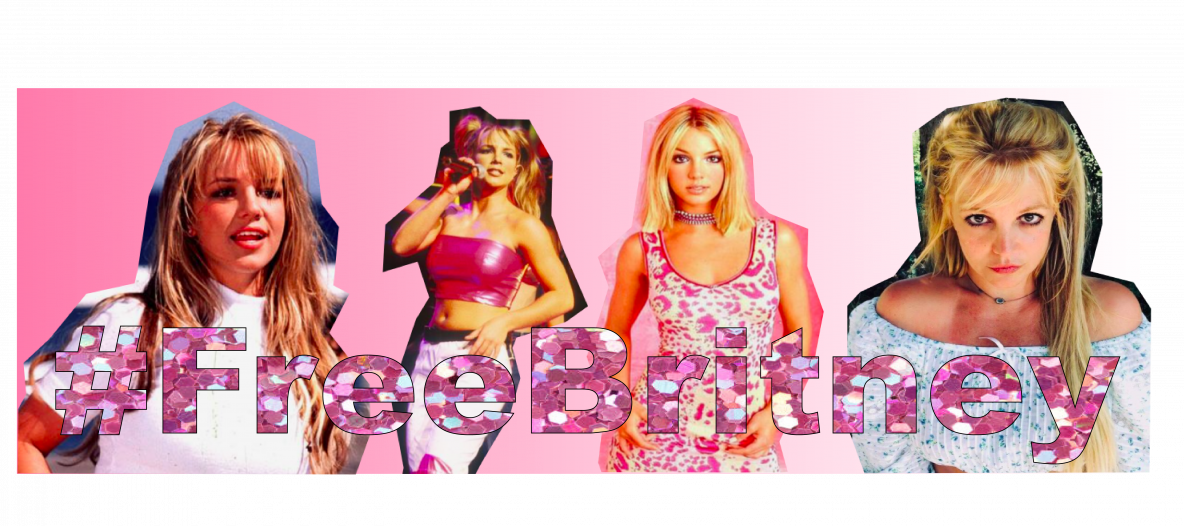Framing Britney: is this the end of tabloid culture?
By Meg Shaw / 20th February 2020

The recent release of The New York Times documentary Framing Britney Spears has accumulated a lot of attention in the wake of concerns surrounding Britney’s conservatorship that was issued after her public breakdown in 2008.
The nature of the conservatorship is saturated with patriarchal power relations that have framed Britney’s existence throughout her publicised life. Be it misogynistic responses to female mental health or the scornful opinions around motherhood abilities, she’s experienced it all in its most extreme forms. Following the momentous shaving of her head amongst other erratic behaviour, Britney was put under psychiatric mental health evaluation and consequently, her father was given the legal right to make decisions over her finances, her health and even her children. Most significant however is the condition that she continues to perform and generate the Britney Brand, of which her father takes a share of the income.
The documentary details the denomination of Britney following her break up with Justin Timberlake in 2002. With the circulation of stories of Britney’s infidelity, encouraged by Timberlake, the response highlighted all too well the unbalanced nature of media narratives that favour men in breakup frenzies. Channelling us to the root of a tabloid culture that sexualises young women only to brand them immoral if they dare resemble their imagined, sex-icon construction. Timberlake publicly apologised to Britney for his behaviour (which included admitting on air they had slept together) following the outrage it spurred in Framing Britney, detailing how he ‘benefited from a system that condones misogyny and racism’. Whilst this apology was necessary, it felt all too vague to have adequately taken accountability for his compliance in subjecting Britney to public ridicule. Not to mention the way he popped Janet Jackson’s name into the apology, to kill two birds with one stone as it were.

The virgin/whore contradiction, of which Timberlake so eloquently solidified, sums up our societal obsession with female purity that is exacerbated in the figure of celebrity.
As a vessel for entertainment, Britney was created as pure enough to valorise and be admired, but ‘dirty’ enough to sexualise and criticise where tabloid money could be made. From being asked if she was a virgin in an early interview, to a 2001 Pepsi advert showing Britney dancing as an old man sat in his wheelchair gawps into the TV, the hypocrisy of purity culture comes to light in our obsession with both female virginity and sexuality. The documentary goes on to detail the media’s slanderous response following Timberlake’s statements that imply Britney had been de-valued somehow. As if now that her body had been accessed by another, her sexuality was suddenly rendered unavailable to the minds of the public who each feel they have a claim to her.
If Framing Britney showed us anything, it was that the culture of celebrity news and candid paparazzi shots are disproportionately concerned with the private lives of women. Despite the obvious fact that Timberlake was also present in his engagements with Britney, he was valorised for accessing the inaccessible, whilst she was slandered. The response to Britney shaving her head echoed the same gendered, defamation of character she had experienced countless times. The misogynistic narration of female hysteria surfaced in the demonisation of Britney’s mental health. Rather than understanding this moment as a potential reclamation of her identity and disassociation from the pretty girl the tabloids needed, the meme-ification of her mental health accumulated to little more than ‘if Britney could survive 2007, you can do this’, exposing the limit to our compassion surrounding female mental health.

How we move forward is the most significant part of this story. In many ways, Framing Britney felt all too familiar to a vulturous media expedition that keeps us all interested. Whether it’s a montage of archival footage or Felicia Culotta, Britney’s former assistant, showing us never before seen polaroids of their private moments in an attempt to 'help us remember the Britney we fell in love with’, one can’t help but feel complicit in the voyeuristic system of tabloid culture that the documentary mirrored as we witnessed the few unearthed moments that remained private for her.
And anyway, why do we need to remember the young Britney, America’s Sweetheart Britney, in order to sympathise with her current situation?
Granted it alludes us to the vulgar behaviour of the media and how it has affected her life, but this echoes an all too familiar narration of female mental health that doesn’t deal with the ugly bits that aren’t quite as digestible as the pure, uncorrupted image of a young girl with stars in her eyes. It’s not all that productive. The documentary fell short in addressing the issue of the 12 yearlong conservatorship and its effects. Whilst it detailed the power of a system that objectifies and dehumanises subjects of entertainment in a tale of celebrity downfall, more focus was needed on the conservatorship as an oppressive judicial system that remains the underbelly of an industry that empowers men whilst disempowering women.

There are many reasons why Britney’s story resonates so much amongst my female peers. The conservatorship proves that no matter how wealthy you become or how large a following you acquire, women continue to be rendered powerless by systems, be it media or judicial, that bolster male privilege. Britney’s story exists alongside that of Amy Winehouse, amongst other women, who we witnessed experience the same gendered and classed language that sacrifices subjects to public scrutiny. Notably, the #FreeBritney movement and the response to the documentary is not coming from straight, cis males. This story and its reaction is a gendered one. Tabloid culture has revealed itself to us in its true patriarchal form, as an unethical and inhumane industry.
As we’ve witnessed subjects like Britney be framed as little more than vessels upon which we can imprint our own fantasies and desires, perhaps we ought to seriously change the nature of celebrity culture. From the virtual reality singer Hatsune Miku to Instagram sensation Miquela, the age of non-human icons is growing increasingly popular. It is worth discussing how a world of simulated celebrities would begin to address fundamental issues with tabloid exploitation and its dehumanising ends. Nevertheless, both old and new media culture remains misogynistic at its core. The #FreeBritney movement provides us with a new ethos of care for celebrities to combat a leeching media that sucks the blood of its subjects.
Words by
Share this article

